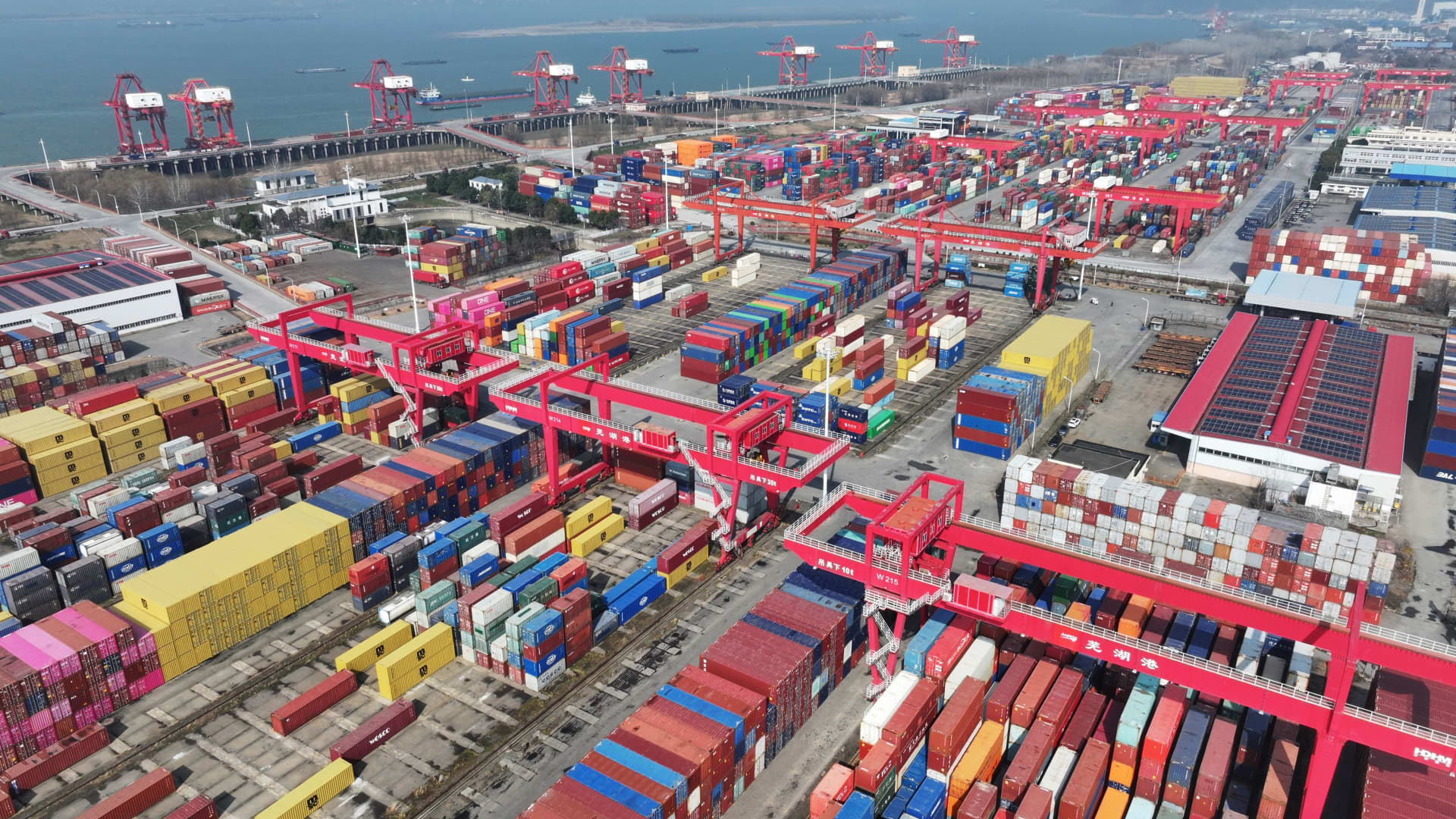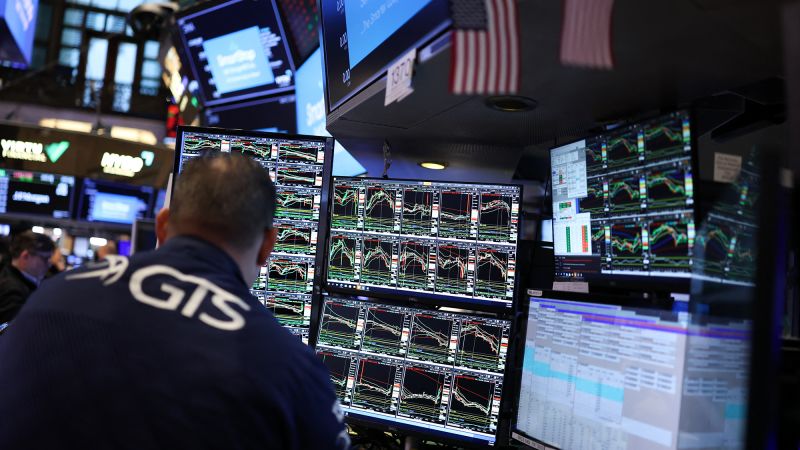On February 4, 2025, a drone captured a stunning view of containers and cargo vessels at a bustling port in Wuhu, Anhui province, China. However, the excitement in the Asia-Pacific financial markets took a downturn on Friday as long-term Japanese government bond yields reached heights not seen since the 2008 financial crisis. The unsettling trend in Asian markets closely mirrored the declines observed on Wall Street, where investors were left unsettled by U.S. President Donald Trump’s recent tariff concessions.
Economic Concerns Weigh Heavily
Market sentiment took a hit as traders absorbed alarming economic data from the United States. Reports suggested that Trump’s policies could potentially stifle economic growth. Insights from the Federal Reserve’s Beige Book and the Institute for Supply Management’s manufacturing reports signaled rising concerns over escalating input costs attributed to tariffs.
China’s Export Data Disappoints
In the latest customs data, China reported a 2.3% increase in exports for the January to February period compared to the previous year. This figure fell short of the 5% growth anticipated in a recent Reuters survey, marking the slowest growth rate since April 2024, when exports only edged up 1.5% year-over-year, as per LSEG statistics.
Regional Market Performance
The downturn was particularly pronounced in Japan, where the Nikkei 225 index plummeted 2.17%, closing at 36,887.17. The broader Topix index also suffered, ending the day down 1.56% at 2,708.59. South Korea’s Kospi index fell 0.49% to settle at 2,563.48, while the small-cap Kosdaq faced a larger decline of 0.98%, closing at 727.70.
Australia’s S&P/ASX 200 index experienced a significant downturn of 1.81%, reaching a six-month low at 7,948.20. In Hong Kong, the Hang Seng index dipped 0.76% amid volatile trading. Meanwhile, mainland China’s CSI 300 index ended the day down 0.31% at 3,944.01.
U.S. Market Recap
Reflecting these global trends, all three major U.S. stock indexes faced declines overnight. The Nasdaq Composite suffered a notable drop of 2.61%, officially entering correction territory, characterized by a 10% decline from its recent peak. The Dow Jones Industrial Average fell by 0.99%, while the S&P 500 tumbled 1.78%.
As markets react to these developments, investors remain vigilant, closely monitoring how economic policies and international trade dynamics will influence future market performance.











